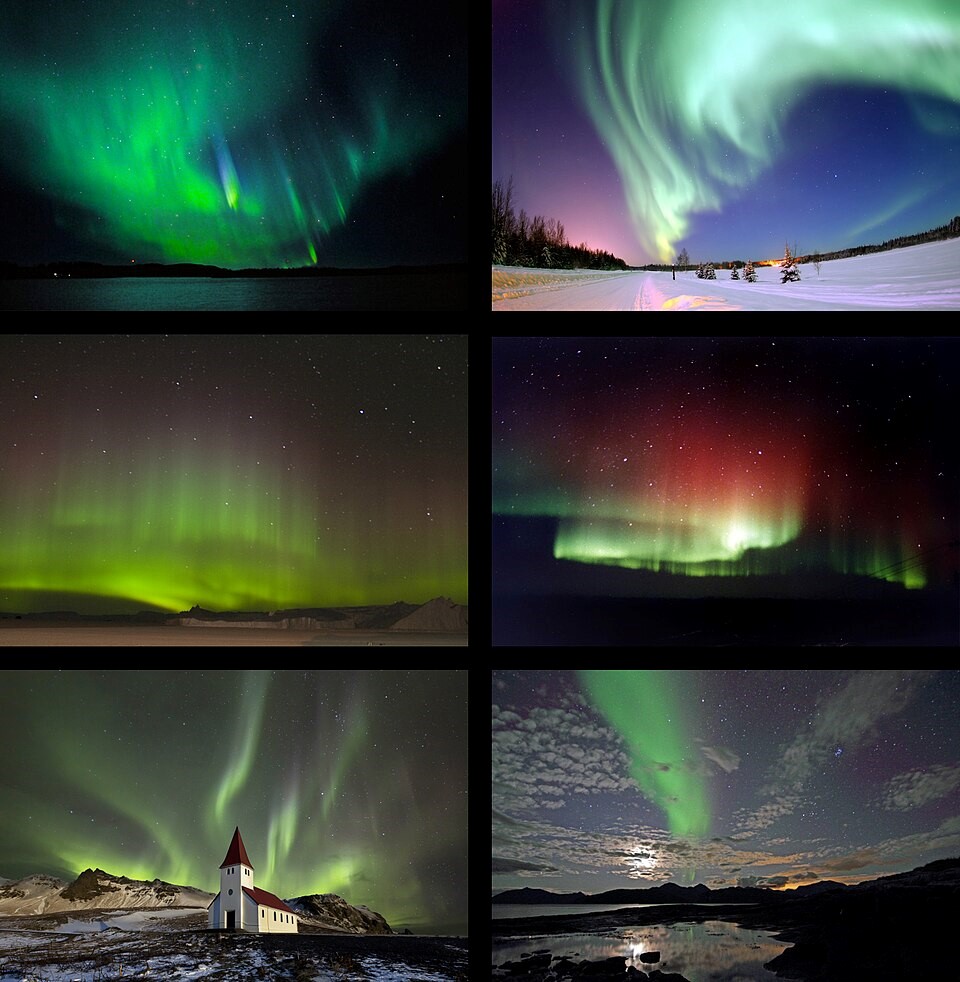7667766266
enquiry@shankarias.in
Prelims: Current events of national and international importance
Why in news?
According to the National Oceanic and Atmospheric Administration, nearly a dozen states in the northern U.S. could have a chance to observe the northern lights in October 2025.
Most auroras happen about 97-1,000 kilometres above Earth’s surface.

To Know More about Auroras, Click Here
Reference